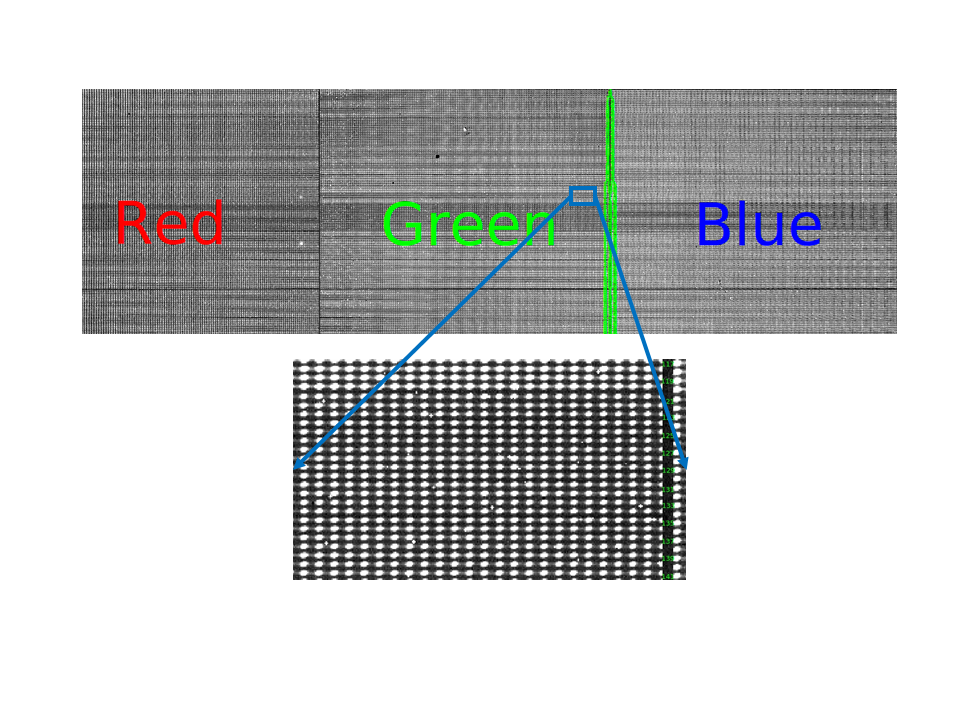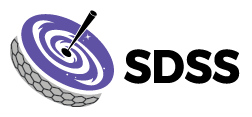The APOGEE instrument has long been used for studying radial velocities (RV)s in stellar targets. Through SDSS-IV the standard quoted RV stability floor was approximately 100 m/s. In SDSS-V, there have been three hardware upgrades to improve and monitor RV stability of the APOGEE instrument. The first is the introduction of octagonal fibers into the Focal Plane System (FPS). Octagonal fibers are much better at scrambling the incoming starlight producing a point-spread function that is much more insensitive to on-sky fiber placement and observing conditions. The second is a back-pressure regulator (BPR). The BPR will better isolate the spectrograph from external pressure variations, which contribute to RV drifts over the course of time. The final upgrade is the addition of a Fabry-Perot Interferometer (FPI), which is a precise calibration lamp that will allows us to track minute changes in APOGEE instruments over time.
The FPI is a very spatially consistent calibration lamp. The interferometer produces fringes that are regularly spaced. By measuring variations in the fringe positions, the RV drift of the APOGEE instrument can be determined. More generally, the FPI gives precise information about how light is distorted as it passes through the optics of the APOGEE instrument, which can be used to better calibrate APOGEE spectra.
The FPI is used in two distinct modes. The first mode is used during morning and evening calibrations. A full frame image of the FPI is taken in concert with the other calibration lamps. This full frame is a snap-shot of the current state RV drift of the APOGEE fibers. The second mode is used throughout the night. Two APOGEE fibers are continually exposed to light from the FPI. This allows for the tracking of RV drifts science frame to science frame. By comparing those the drifts in those two fibers to the full frame image, the drifts can be corrected for all of the APOGEE fibers. The ultimate goal of these hardware upgrades is to achieve a 30 m/s RV stability in the final APOGEE data products.

